Bupa Talent Management Plan: Demographic Factors and Diversity
VerifiedAdded on 2021/04/17
|5
|818
|39
Report
AI Summary
This report provides an analysis of a talent management plan, specifically focusing on the healthcare sector and demographic factors. The report examines the impact of generational differences, longer lifespans, and workforce diversity on healthcare service provision, particularly within the context of Bupa. It highlights the need for understanding the specific needs of different generations to attract and serve customers effectively. The report further addresses the importance of implementing strategic workforce plans to accommodate changes in the healthcare sector, including a retention plan for skilled employees. Additionally, it emphasizes the significance of diversity training and inclusive decision-making processes to foster a positive work environment. The report concludes by referencing relevant academic sources to support its findings and recommendations.
1 out of 5
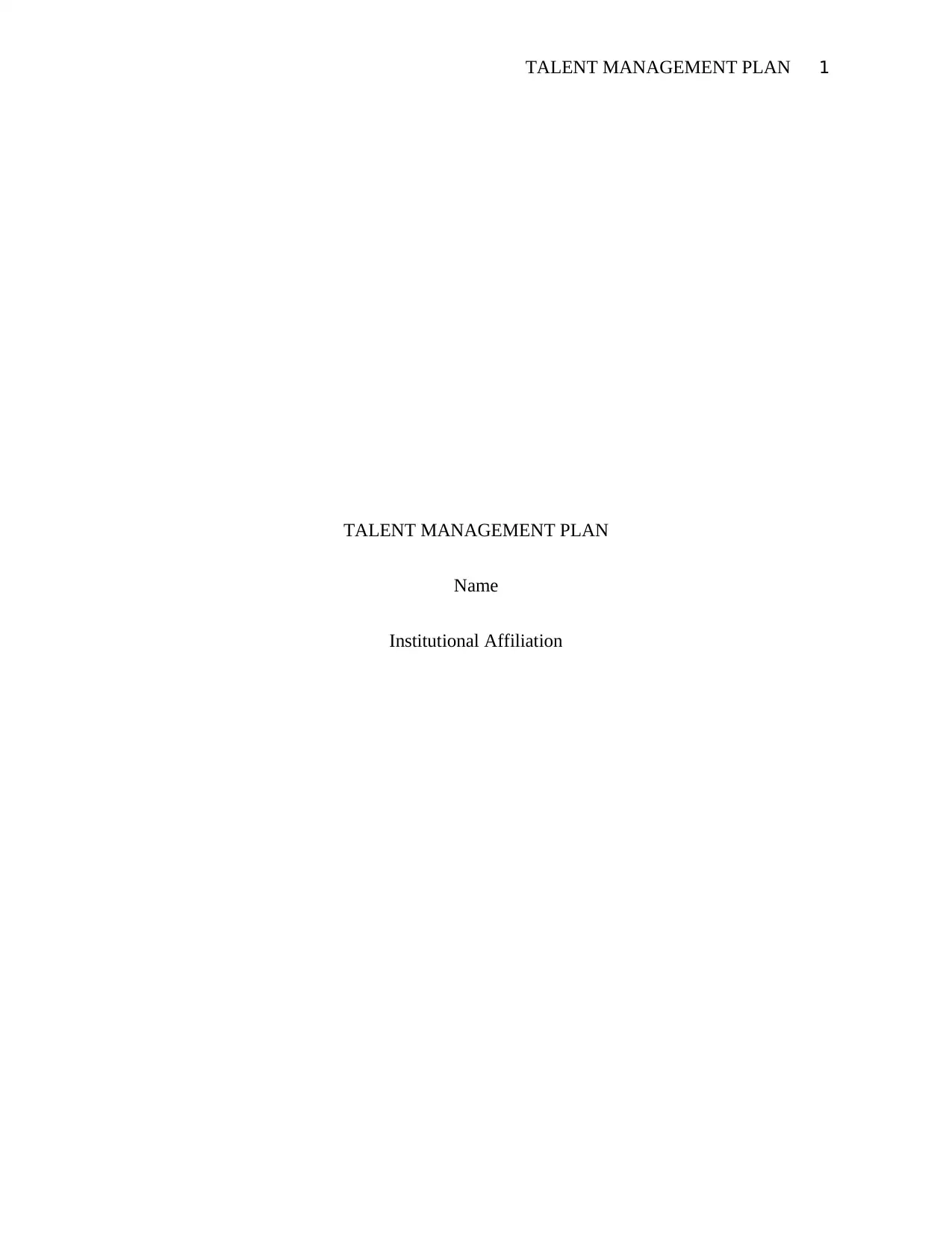
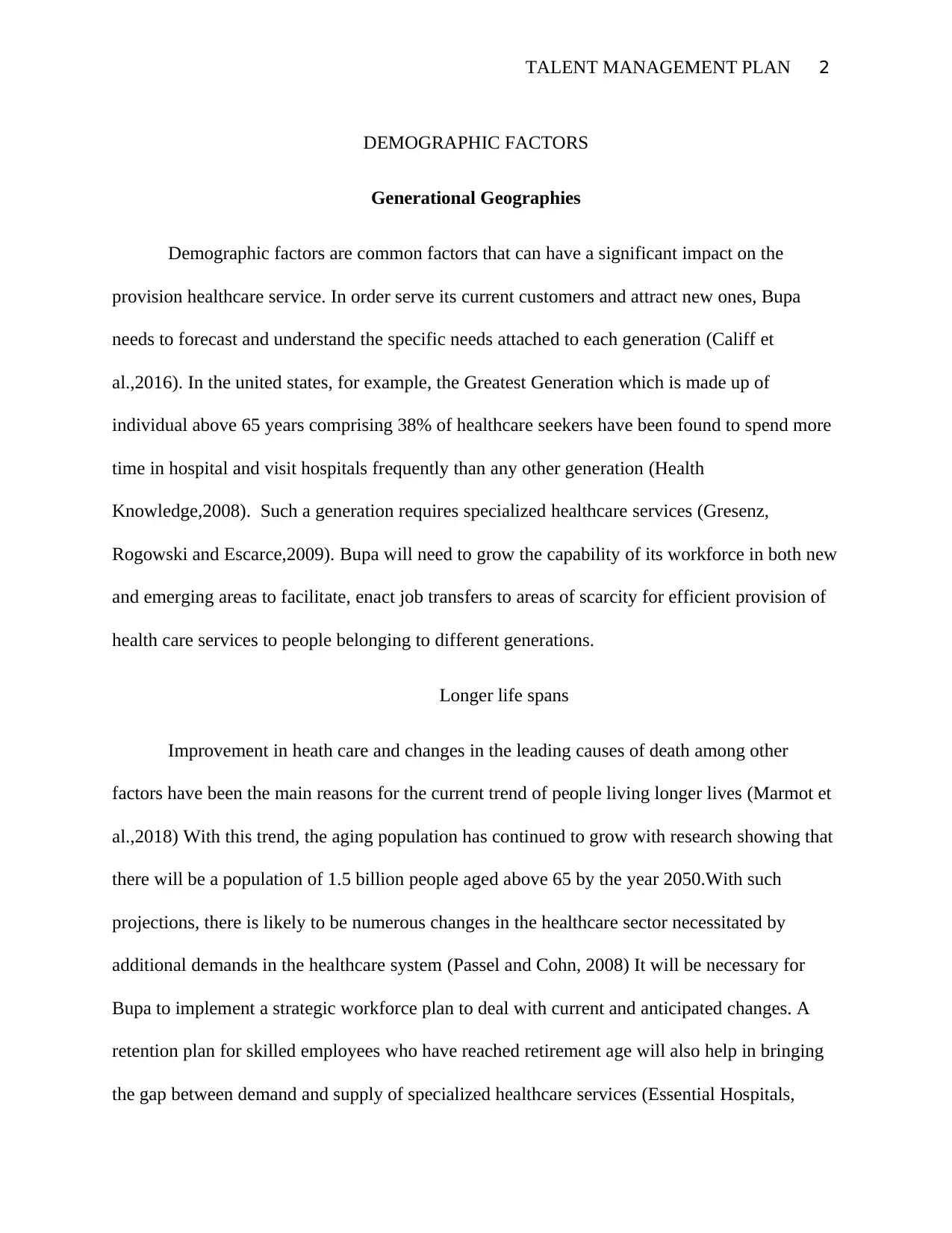
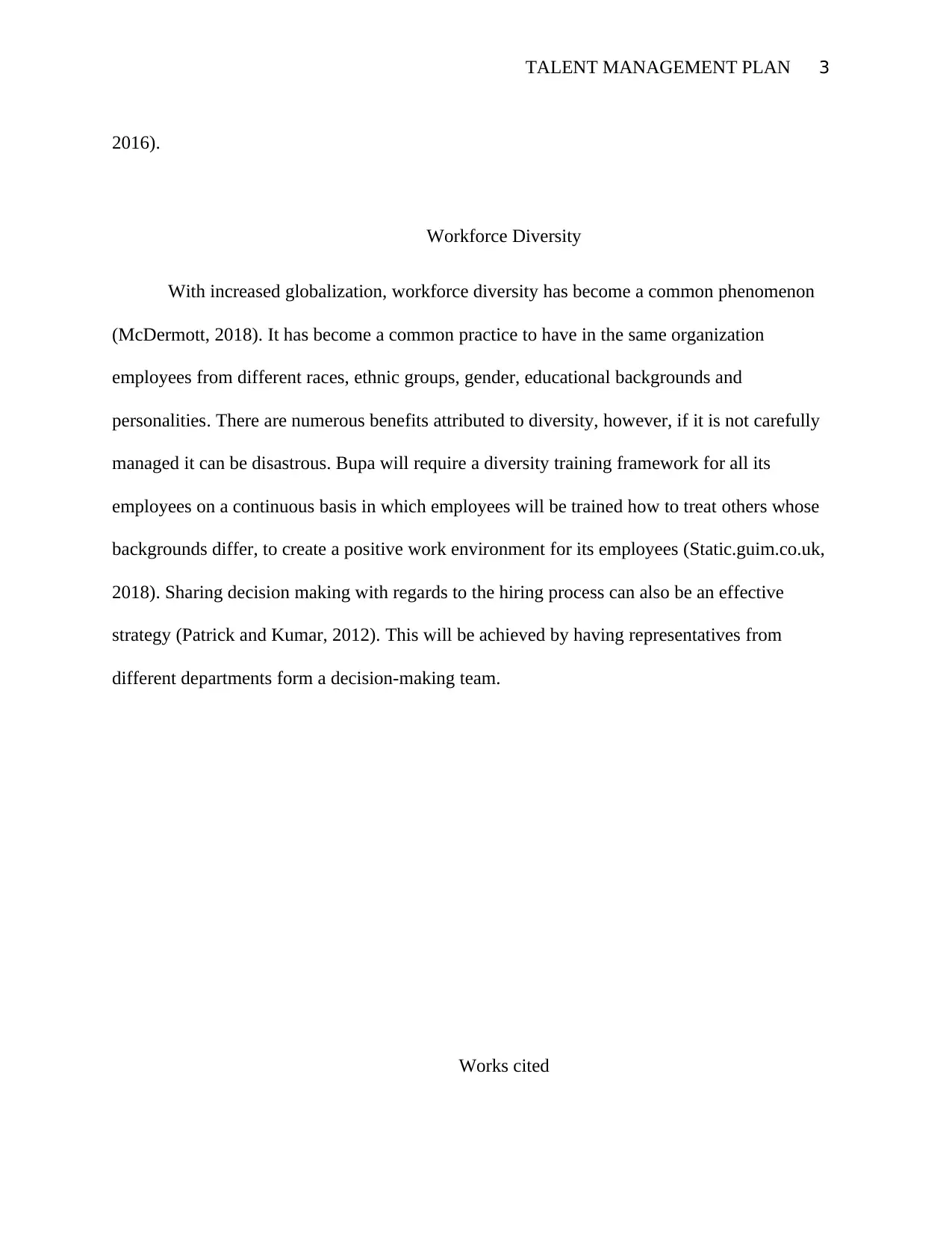

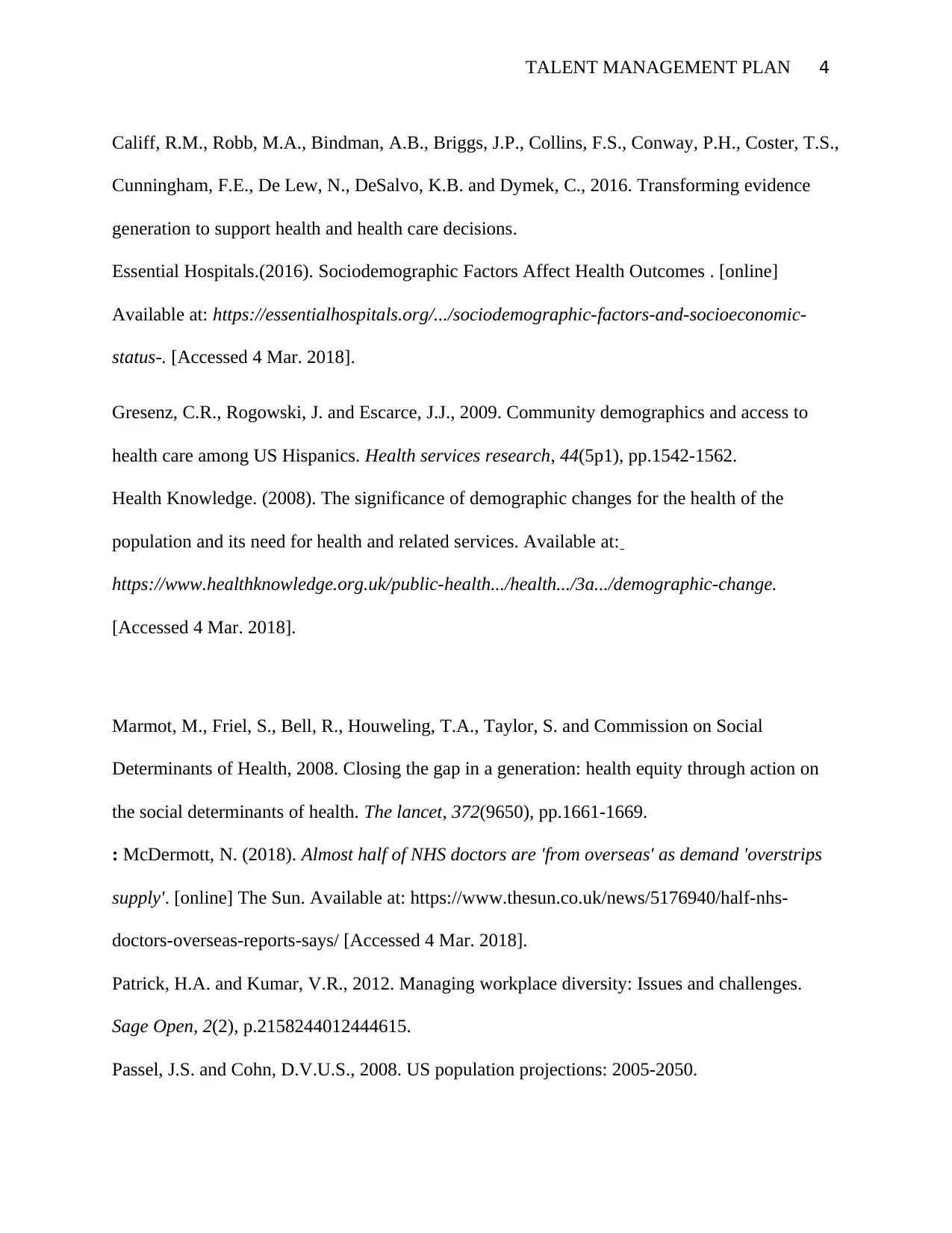
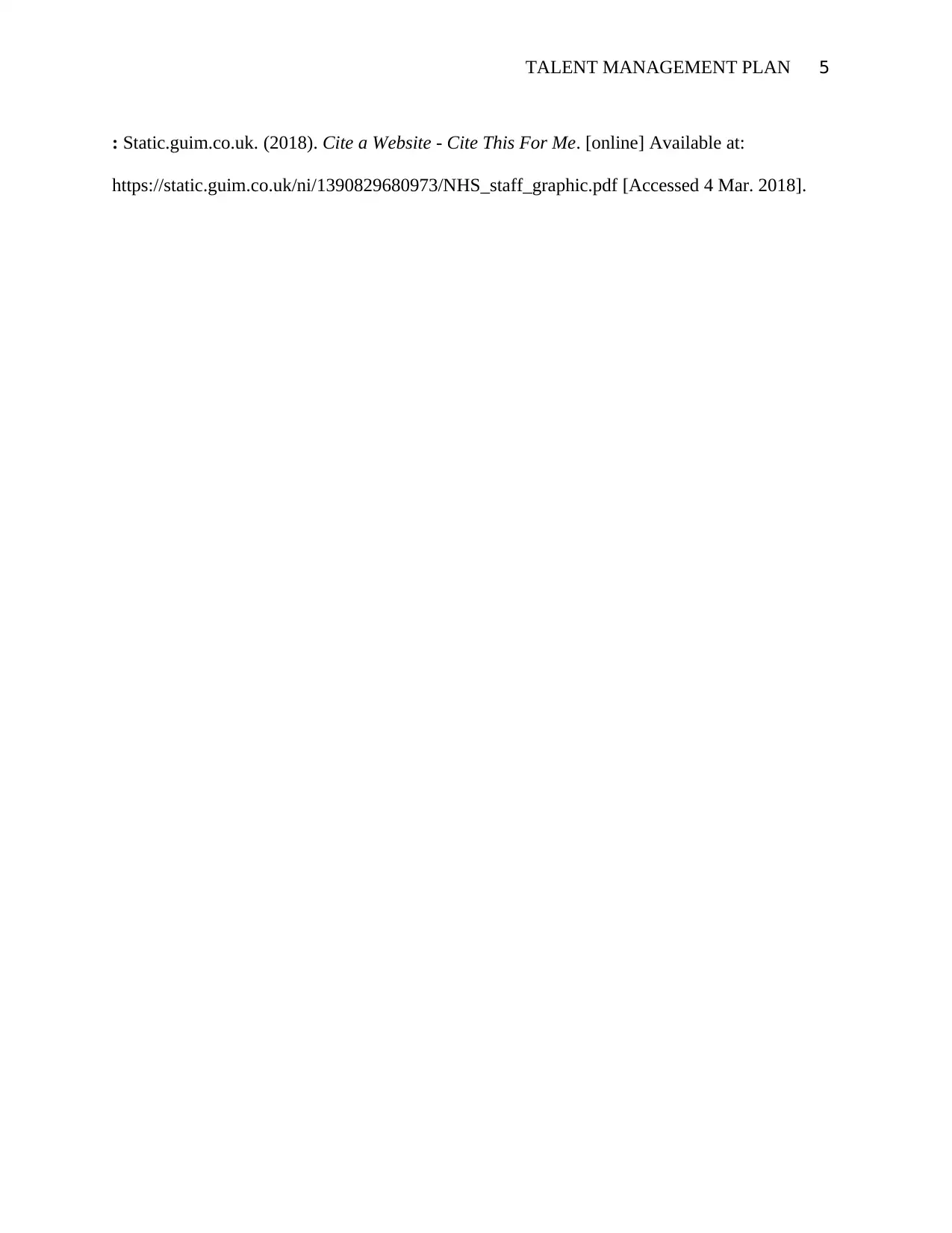






![[object Object]](/_next/static/media/star-bottom.7253800d.svg)